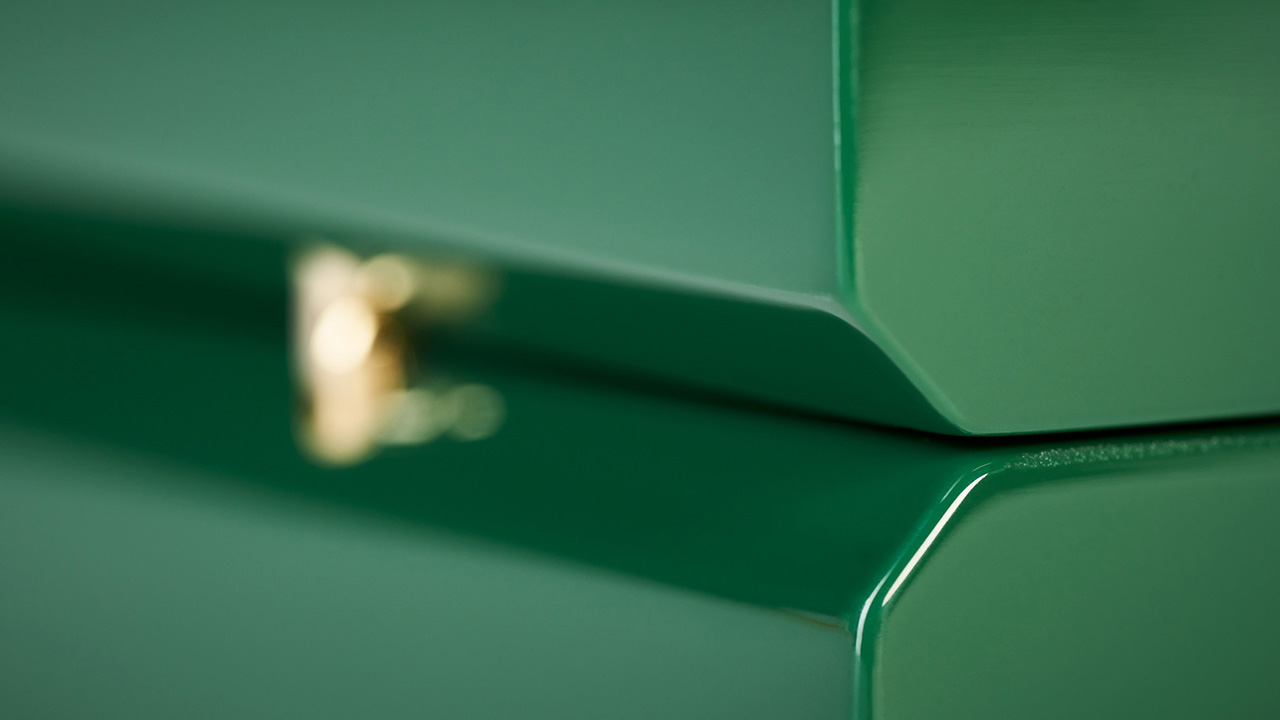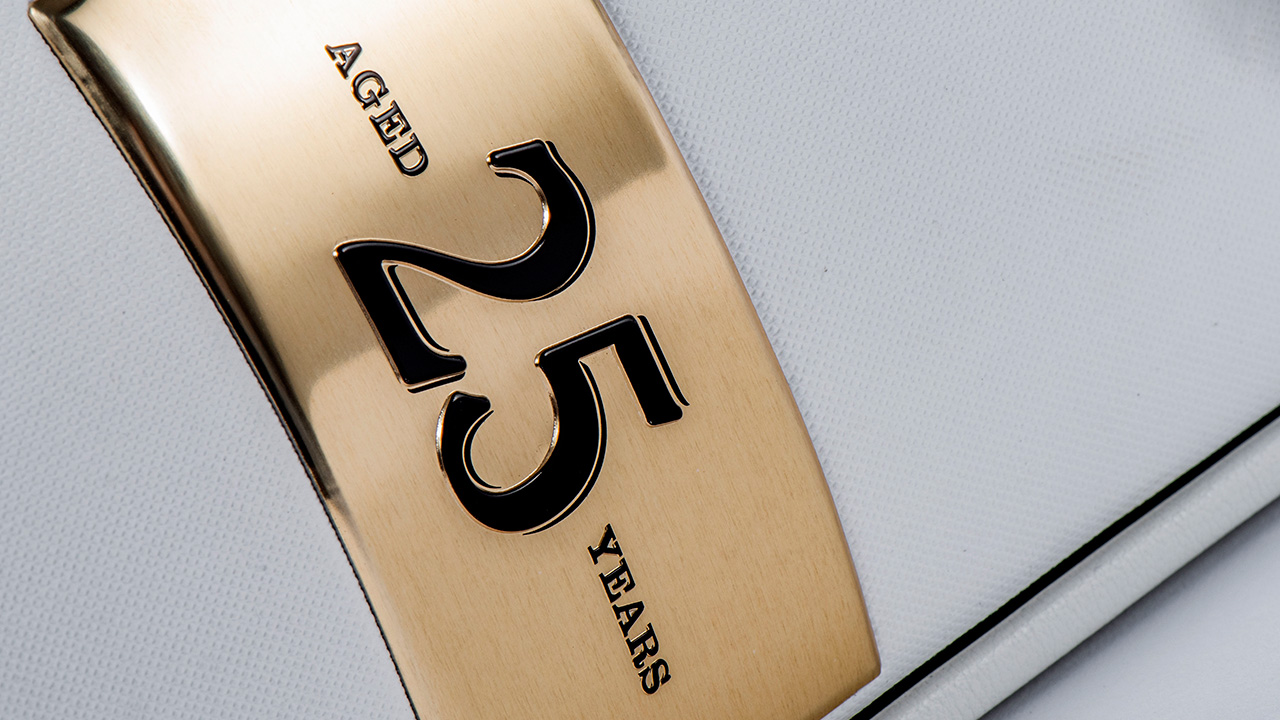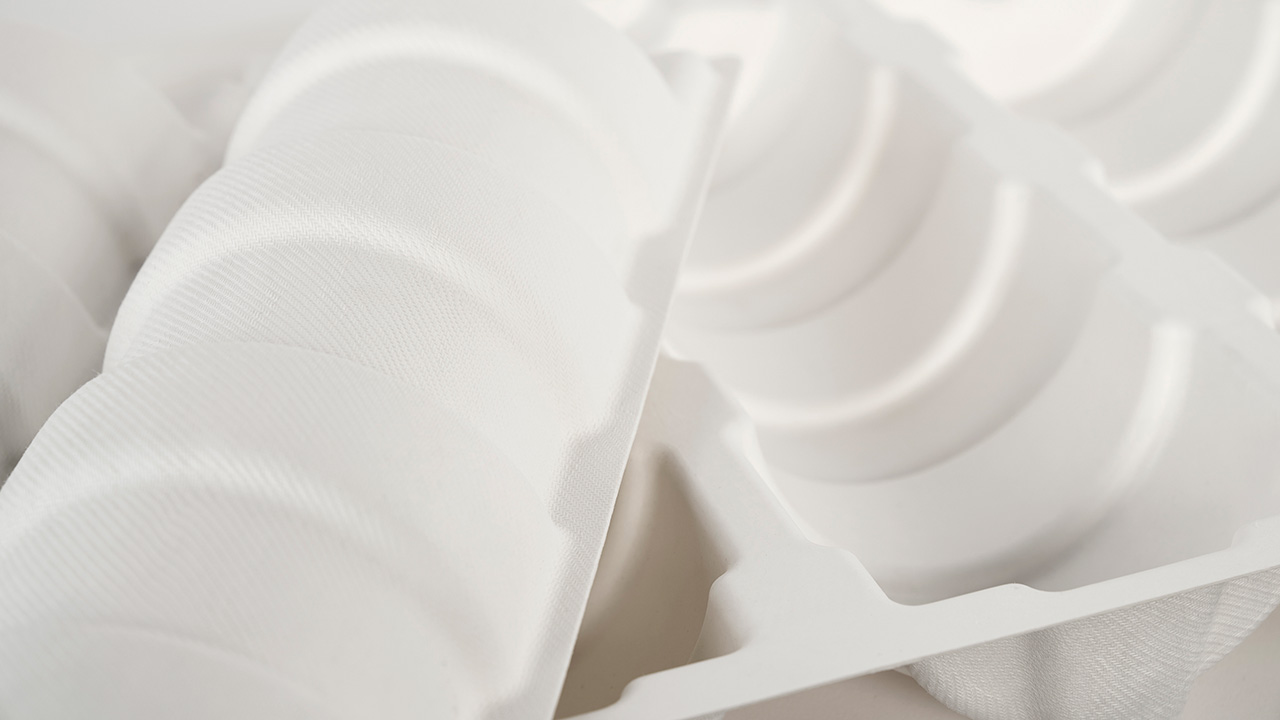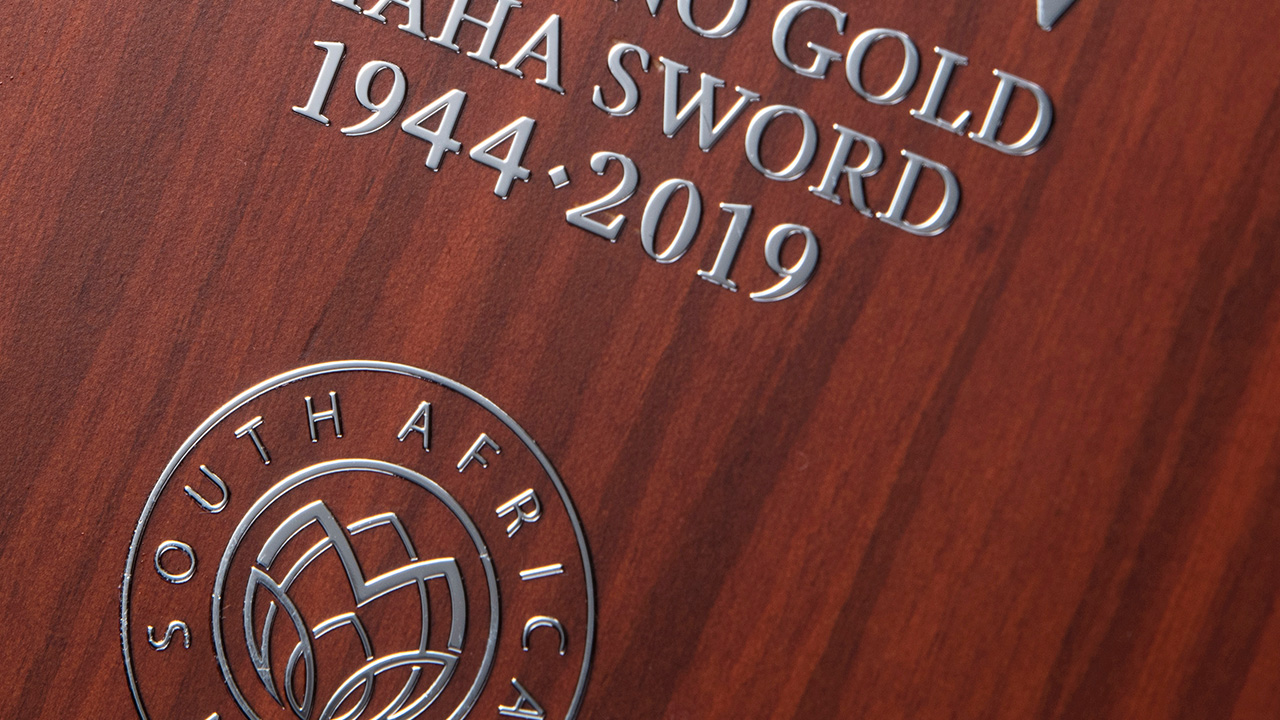October 22, 2020
Beginner’s guide to materials and processes
IPL Packaging has offices and manufacturing facilities around the world and we deliver customized packaging solutions to many of the world’s leading premium and luxury brands. Many of our customers are experienced in procurement or design and understand the various options available for both materials and manufacturing processes. However, for those working with brands that are new to product development, this beginner’s guide to some of the more common materials and finishes may be useful.
Packaging substrates and materials
The following is a list of materials and substrates that are commonly used to create packaging. There are often different types of finishes that are applied onto these materials, which will add different looks and feels, depending on the design objectives. Of course, some of these materials will suit certain finishes more than others:
- Rigid board – Rigid board (or greyboard) is used to create a solid base onto which one can wrap different papers or other thin manmade coverings. It is a common and cost-effective solution in packaging that gives a very premium feel to the product, especially when the coverings are subjected to other finishing processes such as embossing, foiling, laminating, flood soft-touch coatings and spot varnishes.
- Softcard and corrugates – Softcard and corrugates are a more cost-effective solution for packaging but they do not offer the same premium look and feel as paper-wrapped rigid board. Softcard is compatible with all the finishes that one can apply to paper-wrapped rigid boards and, in doing so, assists in elevating the premium level of the pack. Corrugates are a little more limiting in the finishes that may be applied.
- MDF – Medium-density fiberboard (MDF) is a strong, rigid packaging material that consists of compressed wood fibers mixed with glue. MDF is often considered when greyboard is unable to carry the weight of a product or when a brand wants to elevate the quality of the packaging to a very high or luxury level. MDF may be painted with most standard and specialty paints or veneered. A large range of finishes may also be applied after processing the finished product. Electroform decals are often used in connection with MDF packs. MDF may be drilled and routed, so specialty hinges and latches may be applied which cannot be used on greyboard solutions.

- Wood – Solid woods are often used as a primary driver for luxury packaging but due to its cost and potential long-term quality issues, such as shrinkage and cracking, veneered MDF is often used in its place. The finishing options are similar to those of MDF, but unlike MDF, the routing, lasering or stamping of a solid wood surface does not need to be ink-filled to hide the MDF substrate, once the veneer covering has been penetrated. Routing out and sinking metallic logos and other design elements may be done successfully with wood, without fear of veneer edges cracking or peeling away in the routing process.
- Metals – Metals are often used in packaging to complement a paper or wooden base structure. They can also be used to create a standalone pack. Aluminum can easily be deep-drawn whilst stainless steel can add significant weight. Both of these metals can be highly-polished for a shiny finish or brushed for an opaque finish. Electroplating and anodizing can offer some exciting high-end finishes too. Metals can also be used for pack accessories, such as decals and design inlays. Copper, zinc and various alloys are used for castings to create logos and other add-on options.
- Glass – Glass is often overlooked as a potential packaging option. It can be a strong and beautiful material when designed correctly. The finishes and other accessories that may be applied to glass are numerous, including high-end printing. The fact that it lends itself to high heat applications also makes it suitable for heat decals, which cannot be applied to combustible substrates.

- Plastics – As plastics and their polymers are very versatile, the packaging industry has taken full advantage of the variables offered for both primary and secondary packaging. In terms of secondary high-end packaging, it is common to see ABS and PMMA (acrylic) being utilized as sheet, cut, formed and glued, or injection moulded. Both are compatible with a wide range of finishes. Their strength and stability add to their value in premium and luxury packaging. When injection moulding is utilized, the cost of tooling may become prohibitive across smaller production runs.
- Pulps – As there is a global shift towards recyclability and sustainability, a lot of development is being done in the use of various pulps in packaging. Pulps are often a blend of natural fibers (for example, paper, cork, cane, coconut husks, etc.) with recycled plastics – allowing them to be injected, moulded and heat-formed. Finishing of these materials remains challenging but processes are continually improving and it is an exciting new arena for the packaging industry to be exploring. Previously, pulps were used more as protective packaging only; nowadays, they are finding their way into a lot of secondary and even primary packs. Pulps are also taking over from vac-formed plastics, as well as medium- and high-density foams, which have historically been used as inner fitments for products.

Packaging finishes
There are various finishes that can be applied to the substrates listed above. Certain finishes are appropriate for certain packaging materials:
- Foiling – The process of applying foil to a substrate to create a high-quality logo or lettering helps to stimulate the perception of quality. Foils are usually metallic in appearance, such as gold, silver and copper, but they are also available in a wide range of metallic shades. Holographic foils can assist in creative and lively finishes, especially when over-printing certain areas of a foil. Most foils will emboss with relatively finite detail.
- Printing – There are many types of printing, including lithographic (offset), gravure, flexographic and pad and screen printing. Perhaps the most common type of commercial printing in use today for medium and large production runs is lithographic (offset) printing. Large commercial runs may also use flexographic or gravure methods, but quality needs to be considered with cost. Silkscreen is very common for smaller runs, or when the substrate cannot be placed into a litho or flexo printing machine. Silkscreen printing, like pad printing, cannot be done by a machine. Inks used in print today have evolved significantly; specialty inks can provide superior finishes. Due to the impact of solvents on the environment, it is starting to become commonplace for more environmentally-friendly inks to be used, like soy-based inks. However, these are yet to achieve the excellence of solvent-based specialty inks.
- Varnishes – Substrates in packaging can be flood-coated with gloss or matt varnishes, which may be used purely for aesthetic purposes. They may also be used to provide a degree of substrate protection. Combinations of spot matt, spot gloss and spot UV varnishes are often used to accentuate the perception of quality or highlight a particular part of a product’s statement.
- Emboss and deboss – Embossing papers and thinner paperboards with combinations of foils and spot varnishes adds to the visual detail and, naturally, the tactile element comes into play once a consumer engages with an embossed substrate. When debossing on papers is used in conjunction with embossing, a 3D effect can be simulated. Advanced embossing and debossing techniques can be multilevel but tooling for these types of methods is expensive and has the potential of higher wastage. Substrates such as metals, woods and plastics may also be embossed or debossed, but often require the use of more advanced machining technologies, such as laser engraving and CNC routing as the substrates need to be cut away. Heat stamping can be used on substrates that will deteriorate under heat and pressure. Thinner metals, such as tin plate, may be stamped and formed. Acid etching is another way of creating a deboss effect on some metallic substrates. An emboss or deboss effect may also be created in substrates that can be injection moulded.
- Veneers – Veneers are thin wooden skins. Paper, plastic, fabric, reconstituted wood and even composite fiber veneers exist too, so the selection is diverse. A veneer is used to cover a substrate and to mimic a finish without having to use the original material, which can often be very expensive. Quality issues can arise from using original wood substrates, so veneers are often a viable solution. They can often be finished like the substrates they mimic – with varnishes, stamping, screen printing, etc. Reworking of veneers is, in most instances, not as effective or efficient as using a solid substrate.

As you can see, there are numerous choices available to customers looking for the ideal solution to their premium packaging needs. Having access to a wide variety of substrates and finishes allows IPL to deliver one-of-a-kind packaging to luxury brands. These solutions are highly customizable and can suit the aesthetic and commercial needs of the customer. We are also able to offer sustainable and eco-friendly alternatives to businesses that have these objectives in mind.
___
IPL Packaging is a global luxury packaging supplier with offices in the USA, Europe, Mexico, Asia and Africa. Approved manufacturing is available in several Asian countries, as well as sites in Eastern Europe. We create bespoke, tailored and exclusive packaging for any premium or luxury brand and manage the entire process, from conceptualisation and design to production and delivery.
For more information on packaging solutions or to get an insight into our latest packaging trends, follow us on LinkedIn, Facebook, YouTube or Pinterest. Keep an eye on our News section for insightful articles and innovative ideas around packaging materials, product development and design.
More articles

November 26, 2020
TULLIBARDINE 15YO – A Luxury Packaging Awards Finalist

February 28, 2023
The Positives for Plastic

April 14, 2022
Fly Me to the Moon

July 20, 2022
Sustainable, Sophisticated…and Cost-Savvy Packaging

May 30, 2023
Consistency & Innovation – Finding the Balance in Packaging

December 8, 2020
Kindred Spirits – Glengoyne Single Malt

October 6, 2021
An IPL perspective – Surviving The Supply Chain ‘Storm’

December 7, 2022